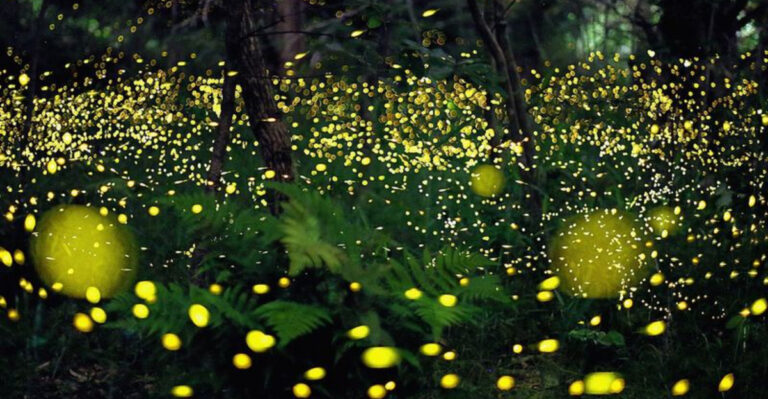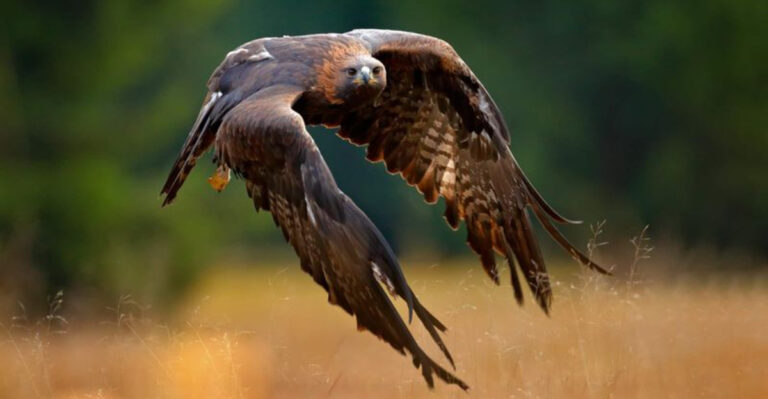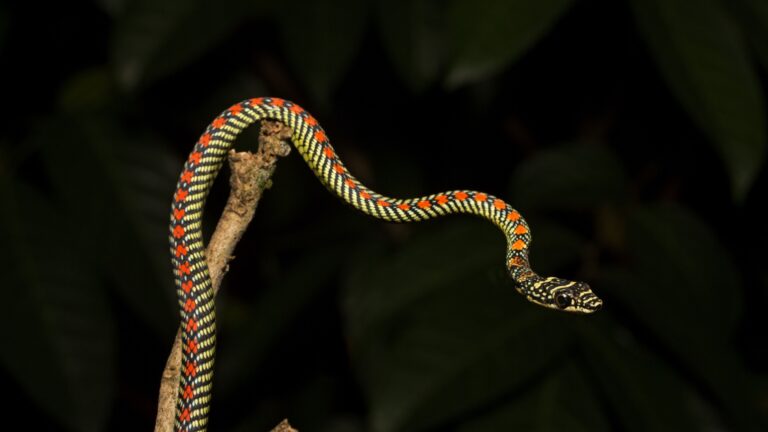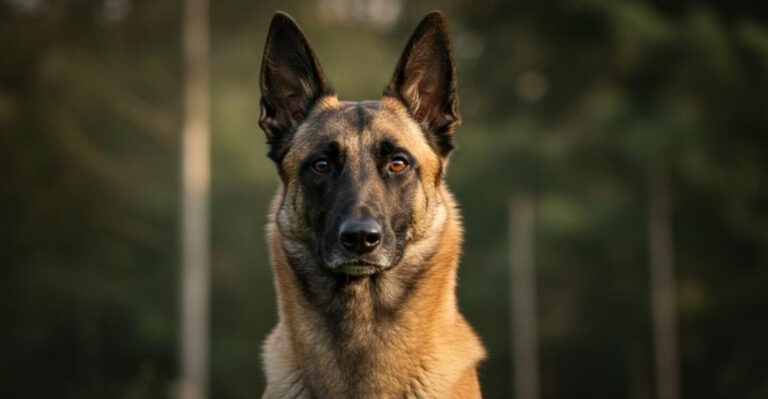Everything You Need To Know About Penguins

Ever wondered what makes those tuxedo-wearing birds so special? Penguins are fascinating creatures with extraordinary adaptations that help them thrive in some of Earth’s harshest environments.
From their incredible swimming abilities to their heartwarming family bonds, these flightless birds have captured human imagination for centuries.
1. Not All Penguins Live In Antarctica

Contrary to popular belief, penguins don’t all need ice and snow to survive. Species like the Galapagos penguin live near the equator, while African penguins enjoy sandy beaches in South Africa.
Some even inhabit temperate forests in New Zealand! Only a few species actually call Antarctica home.
2. Masters Of The Deep Blue
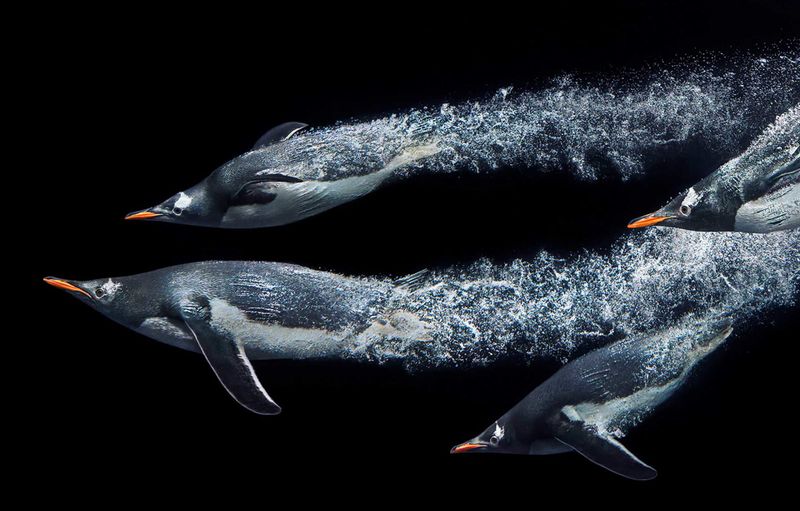
Beneath the waves, penguins transform from awkward waddlers to graceful swimmers. Their torpedo-shaped bodies slice through water at speeds up to 22 mph!
Emperor penguins can dive deeper than 1,800 feet and hold their breath for over 20 minutes. That’s deeper than many seals and nearly as long as some whales!
3. Built-in Tuxedos Serve A Purpose
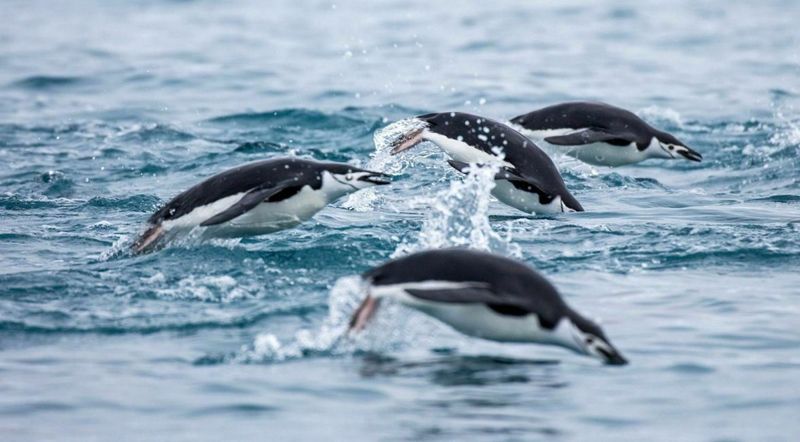
Those dapper black-and-white suits aren’t just for show! The contrasting colors provide perfect camouflage while swimming. From above, their dark backs blend with the deep ocean; from below, white bellies disappear against the bright surface.
This clever disguise, called countershading, protects them from predators like leopard seals and orcas.
4. Feathers More Waterproof Than Raincoats
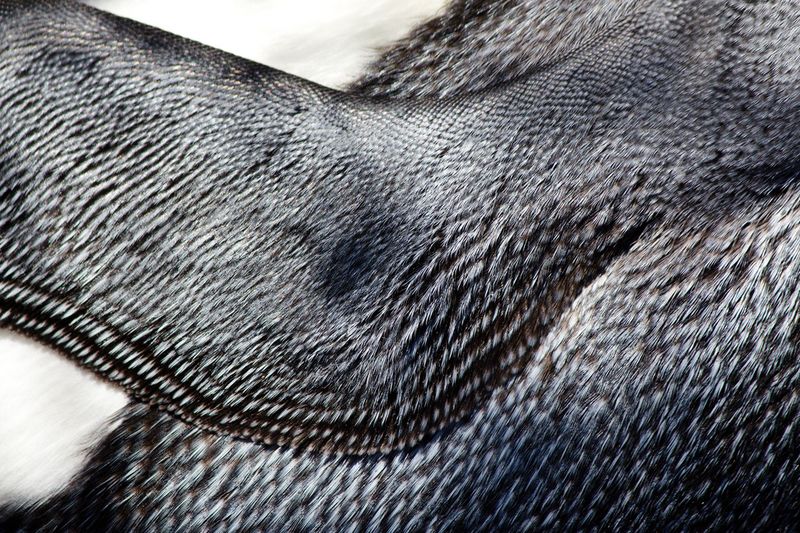
A penguin’s feather coat outperforms any human-made waterproof gear. Their densely packed feathers (up to 70 per square inch) overlap like roof tiles, creating an impenetrable barrier against icy water.
They meticulously preen these feathers, spreading waterproof oil from a special gland. Without this natural protection, they’d freeze in minutes!
5. Huddle Power Beats Polar Blasts
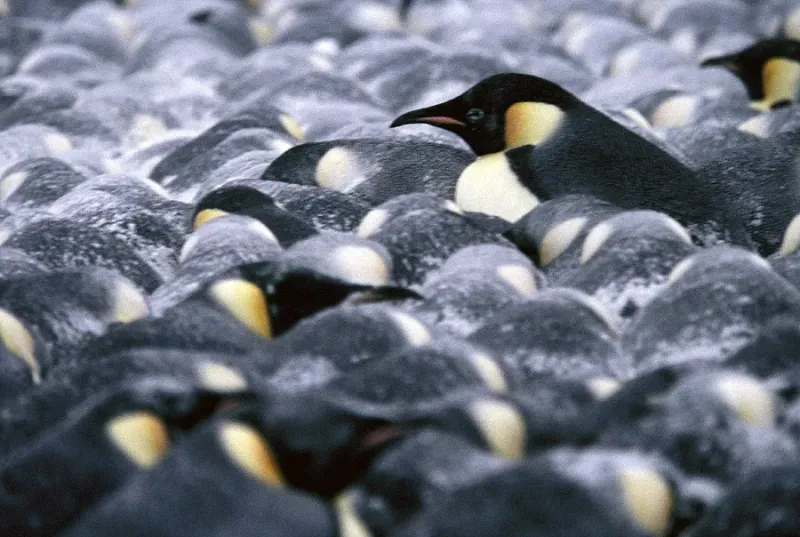
Emperor penguins survive Antarctic winters where temperatures plummet to -76°F by forming massive huddles. Thousands of birds press together, rotating positions so everyone gets a turn in the warmer center.
Inside these living igloos, temperatures can reach a toasty 70°F! This remarkable social behavior helps them endure the planet’s most brutal weather conditions.
6. Dad Handles Baby Duty
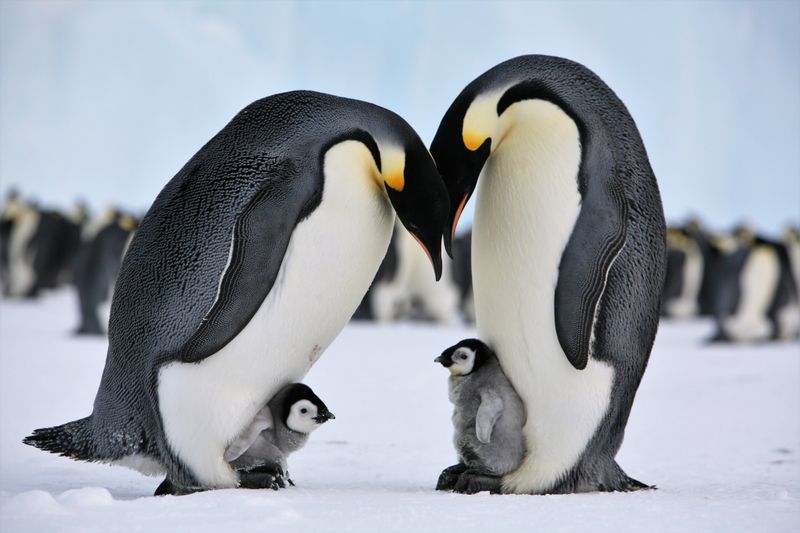
Male Emperor penguins take parenting to heroic levels. After mom lays an egg, dad balances it on his feet and covers it with a warm pouch of skin for two frigid months without eating!
He loses nearly half his body weight during this dedication. Meanwhile, mom travels up to 50 miles to the ocean for food, returning just as the chick hatches.
7. Penguins Have Incredible Navigation Skills
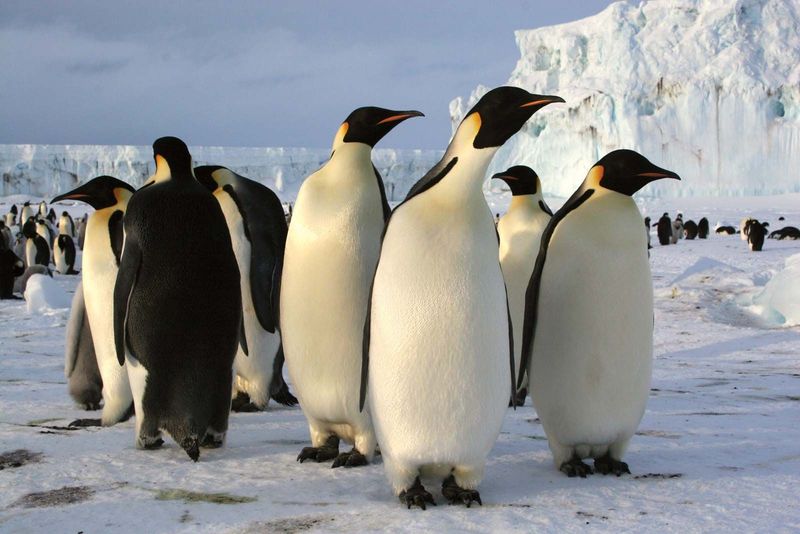
Imagine finding your family among thousands of identical-looking birds! Penguins accomplish this remarkable feat using vocal recognition – each bird’s call is unique, like a fingerprint.
They can pick out their mate’s or chick’s voice among thousands of others. Some species may even use the Earth’s magnetic field for navigating between nesting and feeding grounds.
8. Pink Milk For Penguin Babies

Some penguin parents produce pink milk! When certain species can’t reach the ocean to find food for chicks, they produce a nutritious, reddish secretion from their esophagus.
This high-protein substance, similar to what pigeons make, sustains babies during food shortages. The pink color comes from krill pigments in their diet.
9. Ancient Giants Roamed The Seas
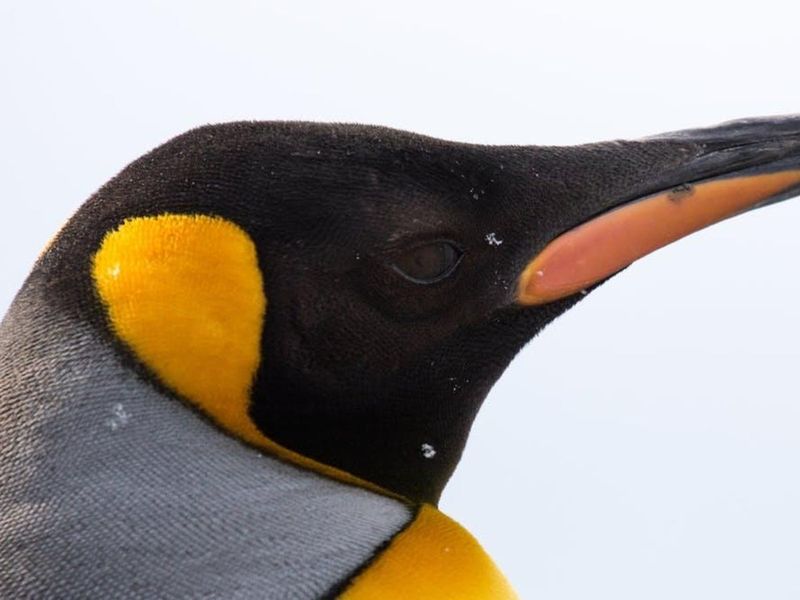
Modern penguins seem modest compared to their prehistoric relatives. Fossil evidence reveals ancient species that stood taller than humans! The colossal Anthropornis reached nearly 6 feet tall and weighed over 200 pounds.
These giant penguins swam alongside dinosaurs about 60 million years ago, evolving their flipper-like wings long before mammals took to the seas.
10. Salt-Removing Superpowers
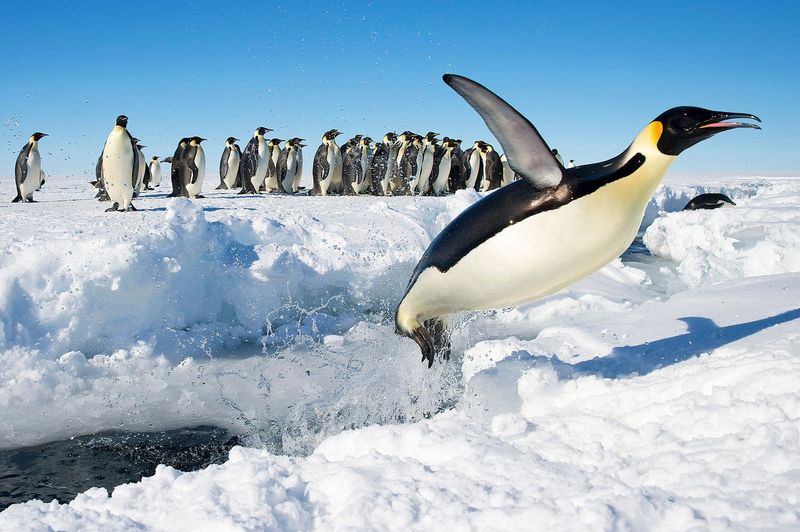
Drinking seawater would kill most animals, but penguins have special glands above their eyes that filter salt from their bloodstream. The concentrated brine drips out through their nasal passages, often seen as “sneezing.”
This remarkable adaptation lets them drink ocean water and eat salty marine prey without becoming dehydrated.
11. Rockhopper Penguins Live Up To Their Name
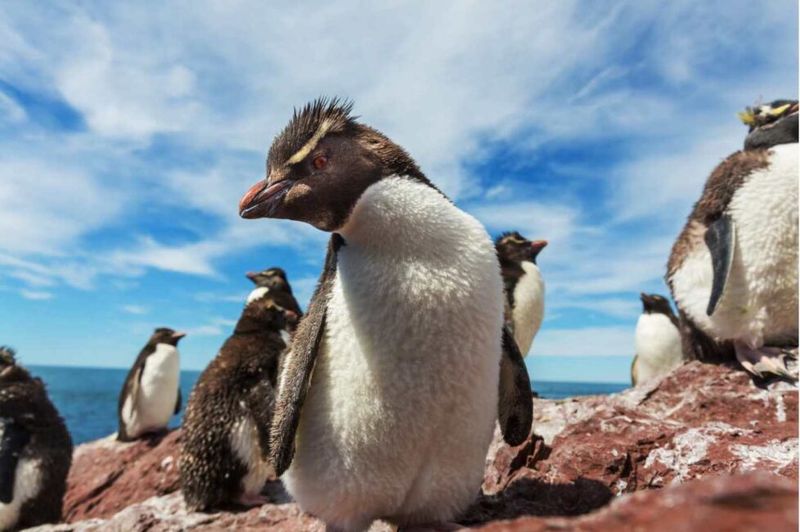
Rockhopper penguins tackle steep, jagged cliffs with incredible determination. Instead of sliding on their bellies like other penguins, they bounce from rock to rock using their strong legs and sharp claws.
Their punk-rock yellow crest feathers bounce with each hop! These fearless climbers scale heights that would challenge experienced human mountaineers.
12. Penguin Poop Visible From Space
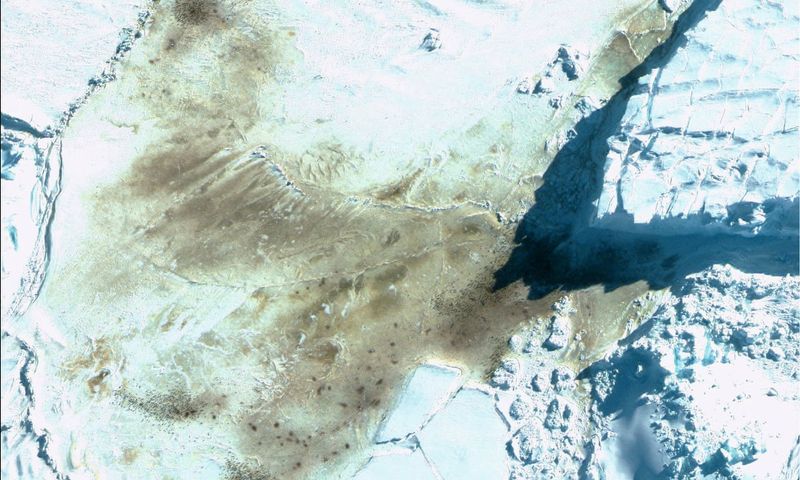
Scientists track penguin colonies using satellite imagery of their poop! The massive pink-brown stains on Antarctic ice, called guano, are so large they’re visible from space.
These distinctive markings help researchers monitor population changes without disturbing the birds. One Emperor penguin colony was discovered in 2009 solely through guano spotting on satellite images.
13. Penguins Have Knees Under Their Feathers
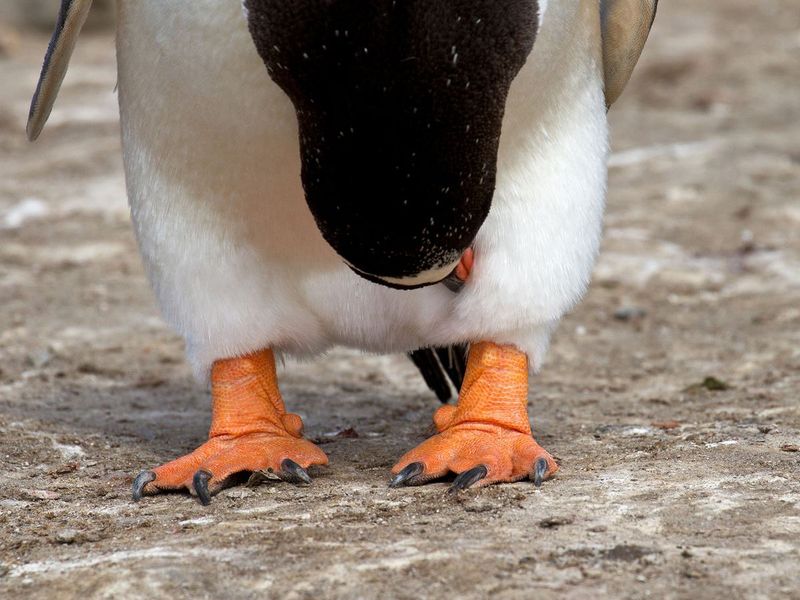
Those stiff-legged waddlers actually have knees! Their legs contain all the same bones as humans, but they’re hidden under feathers and positioned differently.
Penguin knees stay bent in a crouched position, making their legs appear shorter than they really are. This body structure helps them conserve heat and provides stability on ice.
14. Climate Change Threatens Their Future
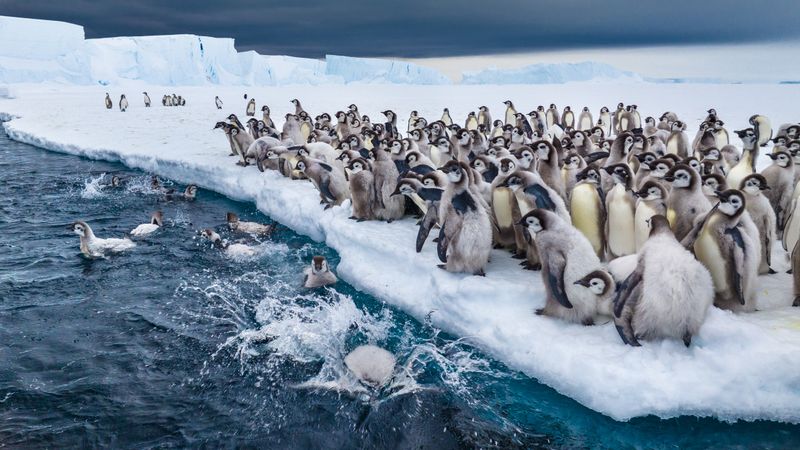
Many penguin populations face serious challenges from our warming planet. Melting ice reduces breeding grounds, while changing ocean temperatures disrupt food supplies.
Some colonies have declined by over 50% in recent decades. However, conservation efforts, protected marine areas, and climate action give hope for these remarkable birds that have survived for millions of years.

